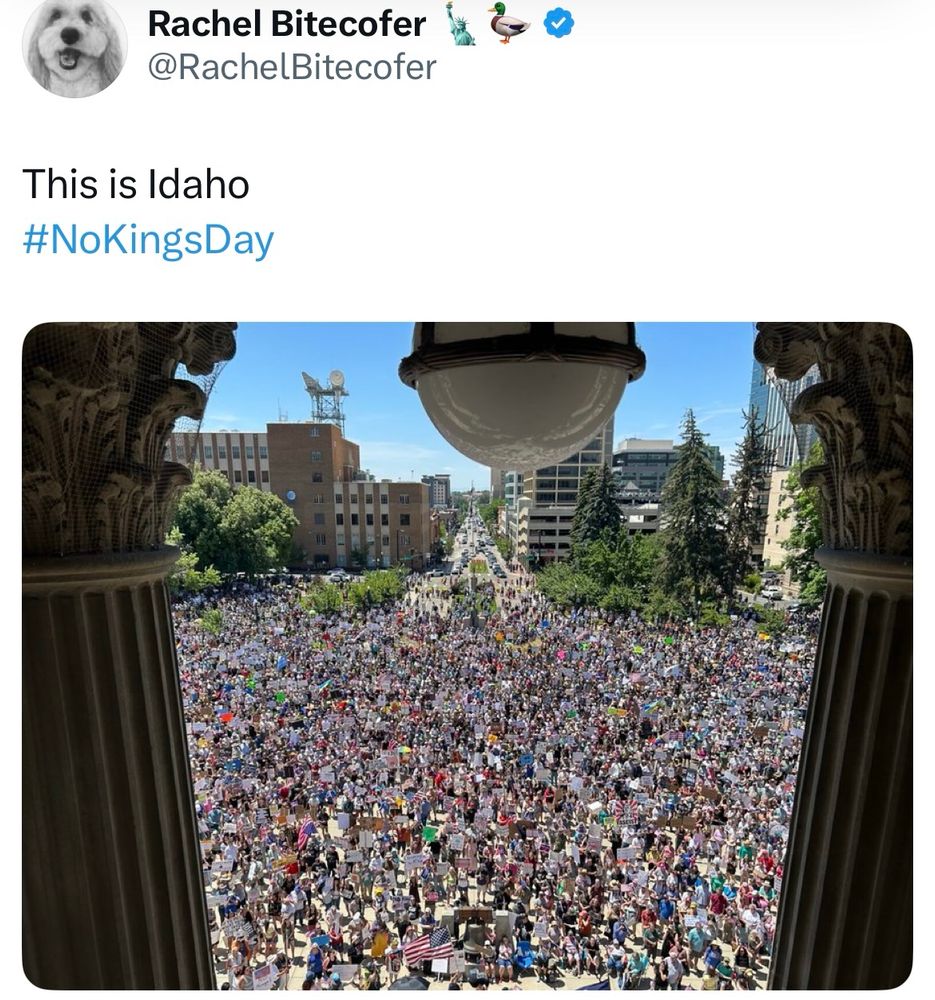Most of the national media has, at best, a barely concealed disinterest in rural and small-town America. There are exceptions—James Fallows is superb, Marketplace does a very good job, and NPR, partially due to its reliance on member stations to help with reporting, is well above average in general. But you can usually count on places like The New York Times to miss the nuances.
Just knowing the state doesn’t tell you much. There are some reliably Democratic parts of Texas and some extremely red parts of California. You have to go more granular, and look at urban density, demographics, and particularly voting records. With all that in mind, if you look over the map of protests, the most striking thing might well be how well represented they are in unexpected places.
Big cities in red state might tend to run left of the median.
But we're seeing a lot of protests where you very much would not expect them.
While counter protesters may have shown up where you'd expect them, their numbers have mostly been tiny.
If you're not familiar with California, you probably have no idea how red the Central Valley is (a mistake I've seen the NYT make numerous times).
Oklahoma (where I went to graduate school) got surprisingly large crowds despite thunder storms.
As did Arizona despite triple digit temperatures.
Some paramilitary Trump supporters tried to crash the parties but they weren't prepared for the size and enthusiasm of the crowds.
The support for the BLM protests was
surprisingly broad, but this takes things to another level. And no place
illustrates that better than Harrison, Arkansas—often called the most
racist town in America.
(Harrison was also the center of anti-Confederate sentiment in the Civil War, but that's another stor and another thread.)
In
one notorious incident, a filmmaker from L.A. stood in Harrison with a
Black Lives Matter sign for 10 hours, during which he received a
constant stream of abuse, profanity, and threats. That should give you
some context for this.
For the record, I'm not saying that white supremacist enclaves have suddenly rejected MAGA. What's going on here is complicated and worthy of study. I'm not going to speculate too deeply on what it is, except to say that at this point, opposition to Trump—be it on the grounds of democracy, immigration, or the slashing of the social safety net—can be found pretty much anywhere you look in the summer of 2025.

No comments:
Post a Comment